"Asiatic Linsang, Prionodon." redOrbit Reference Library Mammals. Retrieved on April 20, 2014.
- Available at: http://www.redorbit.com/education/reference_library/animal_kingdom/mammalia/1112850057/asiatic-linsang-prionodon/
"Banded Linsang Pictures and Facts." The Website of Everything. Retrieved on April 20, 2014.
- Available at: http://thewebsiteofeverything.com/animals/mammals/Carnivora/Viverridae/Prionodon/Prionodon-linsang.html
"Banded Linsang (Prionodon linsang)." ARKive: Species>Mammals. Retrieved on April 20, 2014.
- Available at: http://www.arkive.org/banded-linsang/prionodon-linsang/
Beddard, Frank Evers. 1902. Mammalia. London: Macmillan and Co. Ltd.; New York: The Macmillan Company. Retrieved on April 20, 2014.
- Available via Biodiversity Heritage Library at: http://biodiversitylibrary.org/page/15103903
- Available via Project Gutenberg at: http://en.wikisource.org/wiki/Cambridge_Natural_History_Mammalia/Chapter_XIII
Bisby, F.A.; Roskov, Y.R.; Orrell, T.M.; Nicolson, D.; Paglinawan, L.E.; Bailly, N.; Kirk, P.M.; Bourgoin, T.; Baillargeon, G.; and Ouvrard, D. (red.). 2011. "Prionodon linsang." Species 2000 & ITIS Catalogue of Life: 2011 Annual Checklist. Reading, UK.Retrieved on April 20, 2014.
- Available at: http://www.catalogueoflife.org/annual-checklist/2011/search/all/key/prionodon+linsang/match/1
Boelens, Bo; Watkins, Michael; and Grayson, Michael. 2009. The Eponym Dictionary of Mammals. JHU Press.
Boudet, Ch. 10 January 2009. "Species Sheet: Banded Linsang." Mammals' Planet: Vs n°4, 04/2010. Retrieved on April 20, 2014.
- Available at: http://www.planet-mammiferes.org/drupal/en/node/38?indice=Prionodon+linsang
Boudet, Ch. 10 January 2009. "Subspecies Sheet: Common East Indian, Malayan Linsang." Mammals' Planet: Vs n°4, 04/2010. Retrieved on April 20, 2014.
- Available at: http://www.planet-mammiferes.org/drupal/en/node/39?indice=Prionodon+linsang+gracilis
Boudet, Ch. 10 January 2009. "Subspecies Sheet: Prionodon linsang fredericae." Mammals' Planet: Vs n°4, 04/2010. Retrieved on April 20, 2014.
- Available at: http://www.planet-mammiferes.org/drupal/en/node/39?indice=Prionodon+linsang+fredericae
Boudet, Ch. 10 January 2009. "Subspecies Sheet: Prionodon linsang interlinius." Mammals' Planet: Vs n°4, 04/2010. Retrieved on April 20, 2014.
- Available at: http://www.planet-mammiferes.org/drupal/en/node/39?indice=Prionodon+linsang+interlinius
Boudet, Ch. 10 January 2009. "Subspecies Sheet: Prionodon linsang linsang." Mammals' Planet: Vs n°4, 04/2010. Retrieved on April 20, 2014.
- Available at: http://www.planet-mammiferes.org/drupal/en/node/39?indice=Prionodon+linsang+linsang
Driver, Stephanie (ed.). 2008. Exploring Mammals. Tarrytown, NY: Marshall Cavendish Corporation.
Duff, Andrew; and Lawson, Ann. 2004. Mammals of the World: A Checklist. Yale University Press.
Framton, Sarah. 1999. "Prionodon linsang - Banded Linsang (On-line)." Animal Diversity Web. University of Michigan Museum of Zoology. Retrieved on April 20, 2014.
- Available at: http://animaldiversity.ummz.umich.edu/accounts/Prionodon_linsang/
Gray, John Edward. Illustrations of Indian Zoology; Chiefly Selected from the Collection of Major General Hardwicke, F.R.S. Vol. I. London-Paris-Strasburg: Treuttel, Wurtz, Treuttel, Jun. and Richter; London: Parbury, Allen and Co., MDCCCXXX - MDCCCXXXII (1830 -1832). Retrieved on April 20, 2014.
- Available via Internet Archive at: https://archive.org/details/IllustrationsOfIndianZoology1
Gray, John Edward. Illustrations of Indian Zoology; Chiefly Selected from the Collection of Major General Hardwicke, F.R.S. Vol. II. London-Paris-Strasburg: Treuttel, Wurtz, Treuttel, Jun. and Richter; London: Parbury, Allen and Co., MDCCCXXXIII - MDCCCXXXIV (1833 -1834). Retrieved on April 20, 2014.
- Available via Internet Archive at: https://archive.org/details/IllustrationsOfIndianZoology2
Hardwicke, Thomas, Major-General. 1822. "Descriptions of the Wild Dog of Sumatra, a New Species of Viverra, and a New Species of Pheasant." Transactions of the Linnean Society of London, Vol. XIII: 235 - 238. London: Richard Taylor; Longman, Hurst, Rees, Orme, and Brown, MDCCCXII. Retrieved on April 20, 2014.
- Available via Biodiversity Heritage Library at: http://biodiversitylibrary.org/page/754977
Hunt, Robert M., Jr. 2001. "Basicranial Anatomy of the Living Linsangs Prionodon and Poiana (Mammalia, Carnivora, Viverridae), with Comments on the Early Evolution of Aeluroid Carnivorans." American Museum Novitates, No. 3330 (April 26, 2001): 1 - 24.
- Available at: http://digitallibrary.amnh.org/dspace/handle/2246/2947?show=full
Hunter, Luke; and Barrett, Priscilla. 2011. A Field Guide to the Carnivores of the World. London, Cape Town, Sydney, Auckland: New Holland Publishers (UK) Ltd.
Jennings, A. P.; and Veron, J. 2009. "Family Viverridae (Civets, Genets, and Oyans)." In: Don E. Wilson and Russel Mittermeier (Hrsg.) Handbook of the Mammals of the World Volume 1: Carnivores. Lynx Edicions.
Jukofsky, Diane for the Rainforest Alliance. 2002. Encyclopedia of Rainforests. Westport, CT: Oryx Press.
Kondo, H.; Tesar, J.; Cloud, D.; Kagan, L. (eds.). 1972. Civets, Genets, and Linsangs, Vol. 2, 3rd Edition. Milan: Fratelli Fabbri Editori.
Larivière, Serge. 2004. "Civets, Genets, and Linsangs (Viverridae)." Pp. 335-339 in Grzimek's Animal Life Encyclopedia, Second Edition. Volume 14: Mammals III, edited by Michael Hutchins, Devra G. Kleiman, Valerius Geist, and Melissa C. McDade. Farmington Hills, MI: Gale Group, Inc., division of Thomson Learning Inc.
"Linsang." Encyclopaedia Britannica, Inc. Retrieved on April 20, 2014.
- Available at: http://www.britannica.com/EBchecked/topic/342612/linsang
Lydekker, Richard. 1894. The Royal Natural History. Vol. I, Section II. London and New York: Frederick Warne & Co.
- Available via Biodiversity Heritage Library at: http://biodiversitylibrary.org/page/28360041
Nowak, Ronald M. 1999. Walker's Mammals of the World, Sixth Edition. Volume I. Baltimore: Johns Hopkins University Press.
"Prionodon linsang." The Marine Biological Laboratory Universal Biological Indexer and Organizer NamebankID 2478479. Retrieved on April 20, 2014.
- Available at: http://www.ubio.org/browser/details.php?namebankID=2478479
"Prionodon linsang." The National Center for Biotechnology Information: Taxonomy ID94194. Retrieved on April 20, 2014.
- Available at: http://www.ncbi.nlm.nih.gov/Taxonomy/Browser/wwwtax.cgi?mode=Info&id=94194
"Prionodon linsang: Banded Linsang." Encyclopedia of Life. Retrieved on April 20, 2014.
- Available at: http://eol.org/pages/328103/overview
"Prionodon linsang (Banded Linsang)." ZipcodeZoo: Species Identifier 134475. Retrieved on April 20, 2014.
- Available at: http://zipcodezoo.com/animals/p/prionodon_linsang/
"Prionodon linsang (Hardwicke, 1821)." ITIS Standard Report: Taxonomic Serial Number 622000. Integrated Taxonomic Information System. Retrieved on April 20, 2014.
- Available at: http://www.itis.gov/servlet/SingleRpt/SingleRpt?search_topic=TSN&search_value=622000
Sody, H.J.V. 1949. "Notes on Some Primates, Carnivores, and the Babirusa from the Indo-Malayan and Indo-Australian Regions (with Descriptions of 10 New Species and Subspecies)." Treubia 20:121-190.
Veron, Geraldine. 6 September 2010. "Phylogeny of the Viverridae and 'Viverrid-like' feliforms." Pp. 64-91 in Carnivoran Evolution: New Views on Phylogeny, Form and Function, edited by Anjali Goswami and Anthony Friscia. Cambridge University Press: Cambridge Studies in Morphology and Molecules: New Paradigms in Evolutionary Bio.
Wilson, Don E.; and Reeder, DeeAnn M. (editors). 2005. Mammal Species of the World: A Taxonomic and Geographic Reference (3rd ed), Johns Hopkins University Press.
Wrobel, Murray (Editor). 2007. Elsevier's Dictionary of Mammals: Latin English German French Italian. Oxford, U.K.: Elsevier B.V.


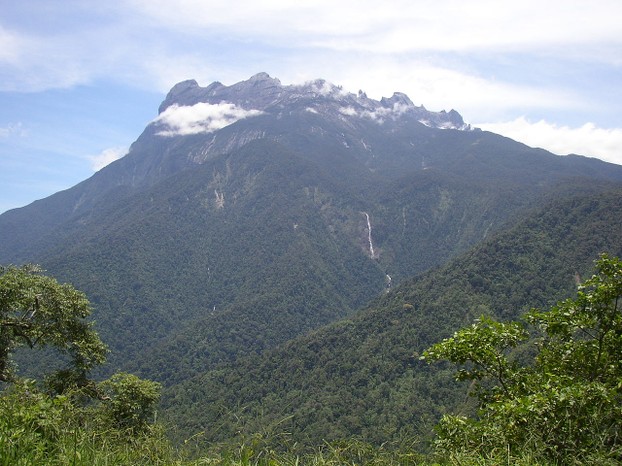
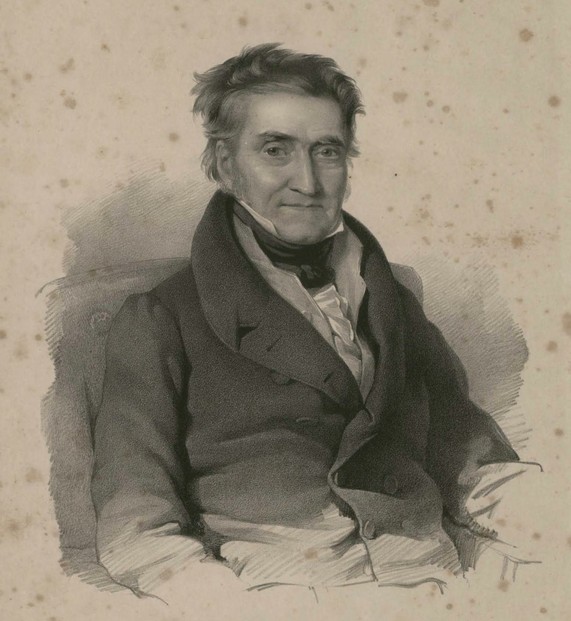
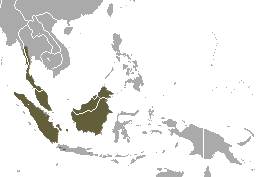
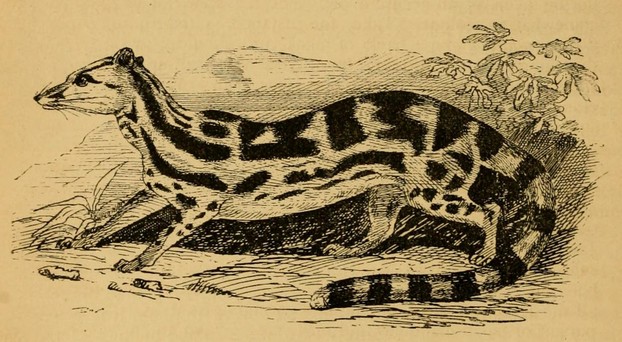
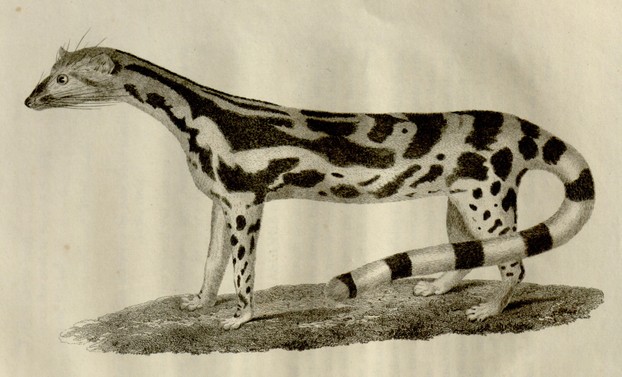
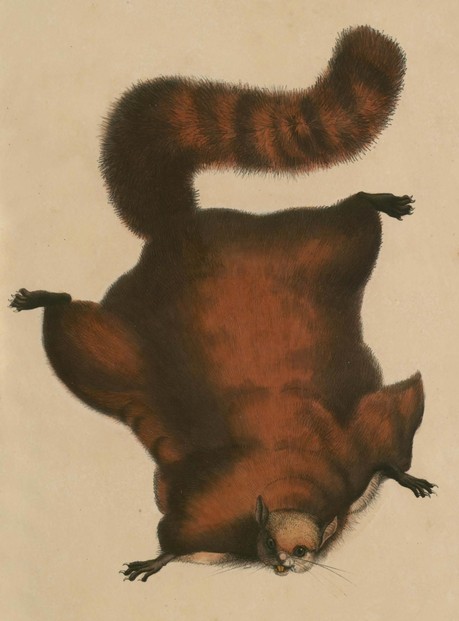
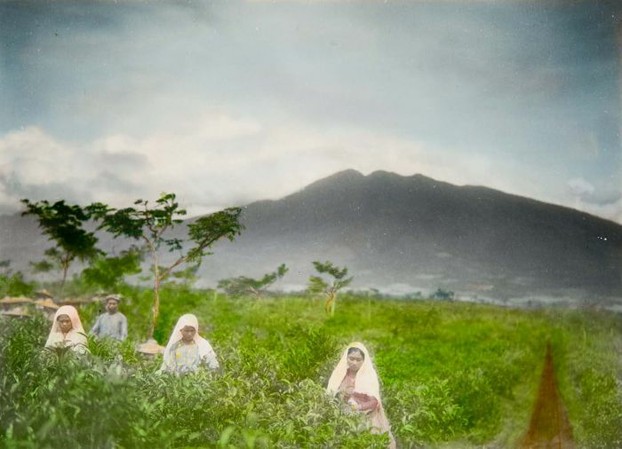
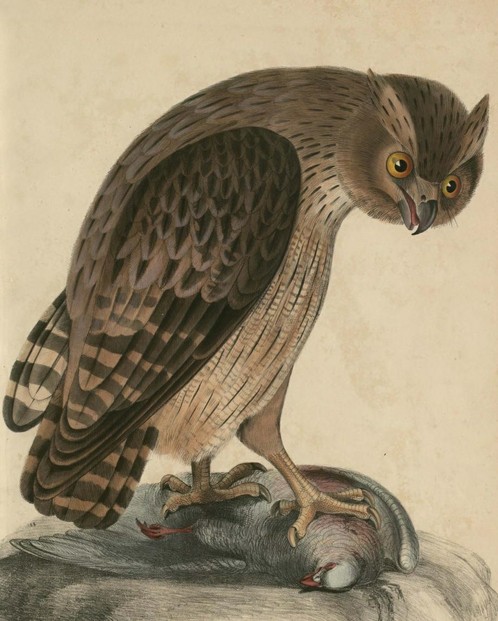
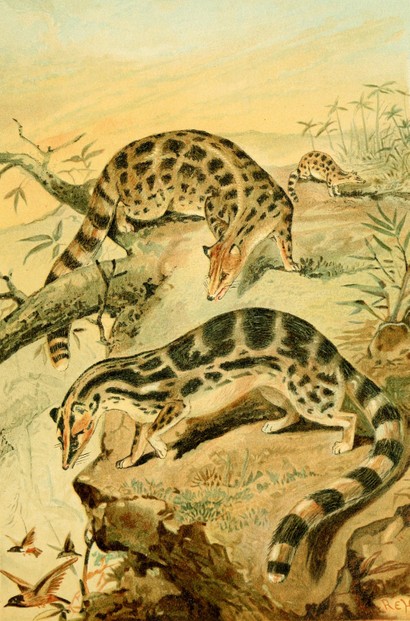





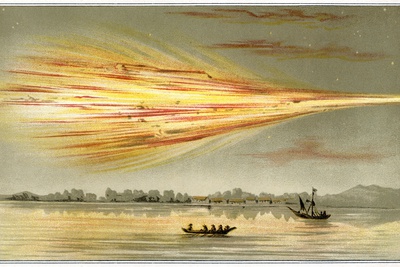
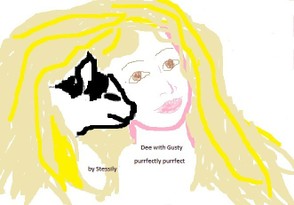
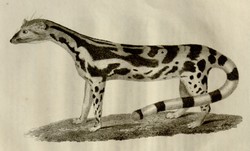

 Are Hawaiian Huakai Po Nightmarchers Avenging Halloween Thursday?on 10/02/2024
Are Hawaiian Huakai Po Nightmarchers Avenging Halloween Thursday?on 10/02/2024
 Mailing Addresses for 2023 Form 4868 Extending 1040 and 1040SR April 15, 2024, Due Dateon 04/15/2024
Mailing Addresses for 2023 Form 4868 Extending 1040 and 1040SR April 15, 2024, Due Dateon 04/15/2024
 Mailing Addresses for 2023 Forms 1040 and 1040SR Filed in 2024on 04/15/2024
Mailing Addresses for 2023 Forms 1040 and 1040SR Filed in 2024on 04/15/2024
 Mailing Addresses for 2022 Form 4868 Extending 1040 and 1040SR April 18, 2023, Due Dateon 04/13/2023
Mailing Addresses for 2022 Form 4868 Extending 1040 and 1040SR April 18, 2023, Due Dateon 04/13/2023

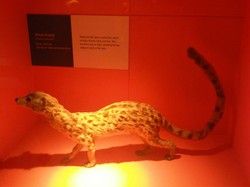

Comments